|
红外光谱成像系统用于地球温室气体监测
In a breakthrough in spectral imaging for atmospheric research, researchers are using a hyperspectral infrared (IR) camera to detect and measure methane in the air. Methane, a primary component of greenhouse gases, has previously proved challenging to track.
Detailed, Large-Scale Maps of Near-Ground Distribution
This new approach, chronicled in the publication Nature Climate Change, eventually will allow scientists to create detailed, large-scale maps of the near-ground distribution of methane using optimized IR hyperspectral imaging. What’s more, the system will permit simultaneous spectroscopic confirmation and quantification for all imaged pixels, as well as allowing greenhouse-gas researchers to map fluxes. Scientists hope to solve issues presently caused by source–sink attribution and scaling.
A Custom-Built Hyperspectral Camera
The research team is using a custom-built hyperspectral camera that is specially equipped for methane detection. One particular customized feature is a built-in cold filter that modifies the exposure times available, which in turn appreciably increases the signal-to-noise ratio. Furthermore, the camera offers high spectral imaging resolution (up to 0.25 cm-1) and can map air motion. This set up enables much higher resolution images of methane when it is close to the ground, results that were not previously possible. In fact, it makes it possible to gather images of many different environments: from lakes and fields to sewage accumulations and burning fires. The bottom line is that it opens doors to mapping and measuring all sorts of methane sources and sinks. And future research will be directed at taking the technology to the skies to further enhance its mapping abilities.
No matter what your spectral imaging requirements, you’ll find the source materials you need to innovate at Gooch & Housego. Contact G&H today for more information.
| 
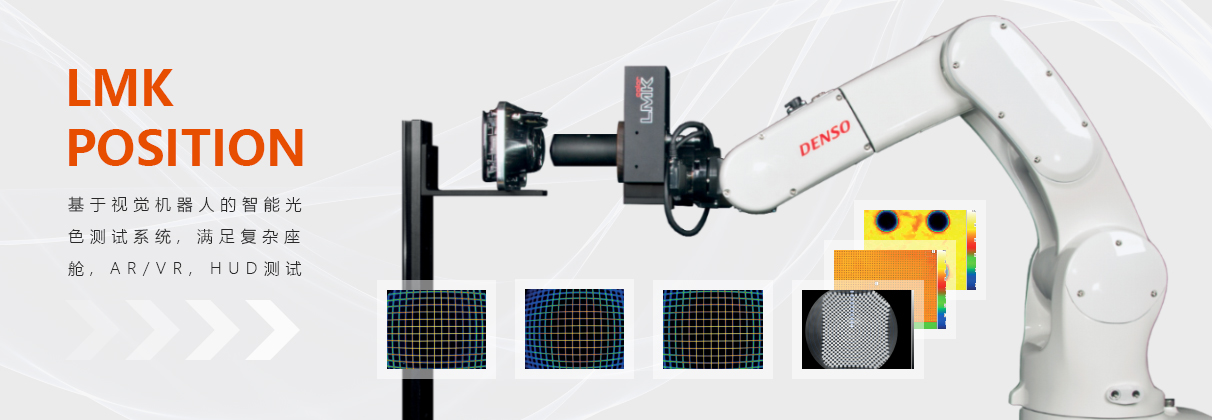
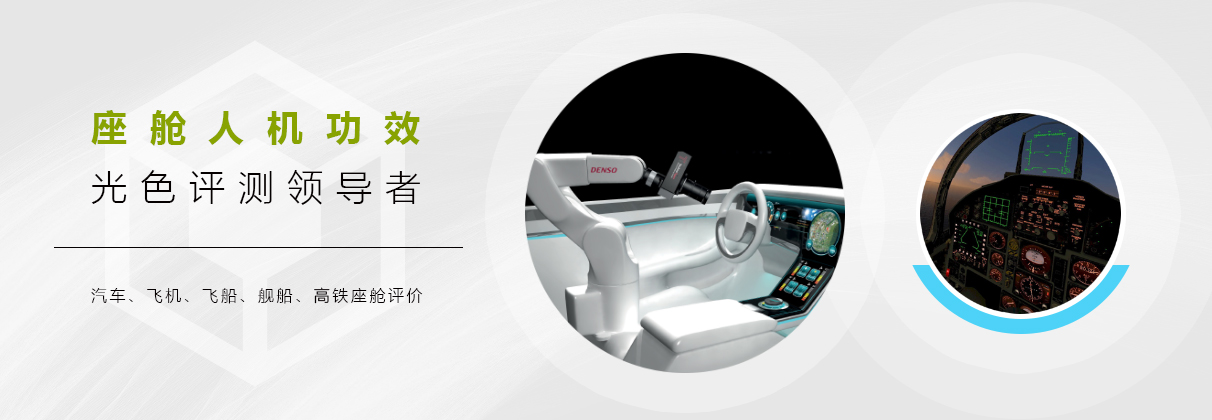
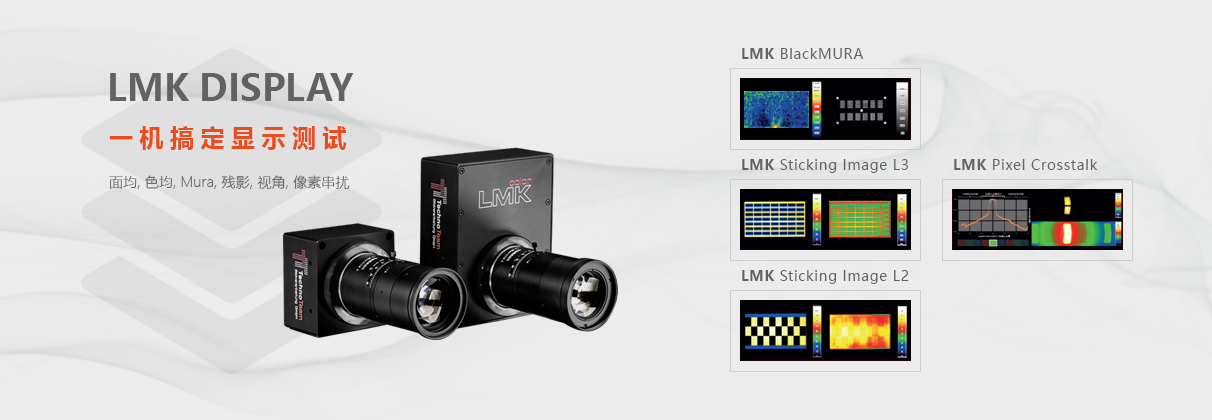
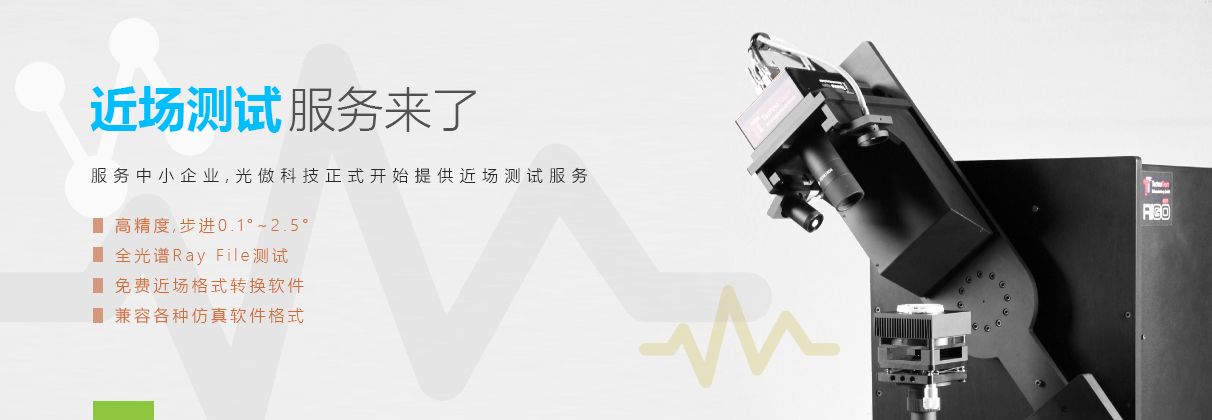
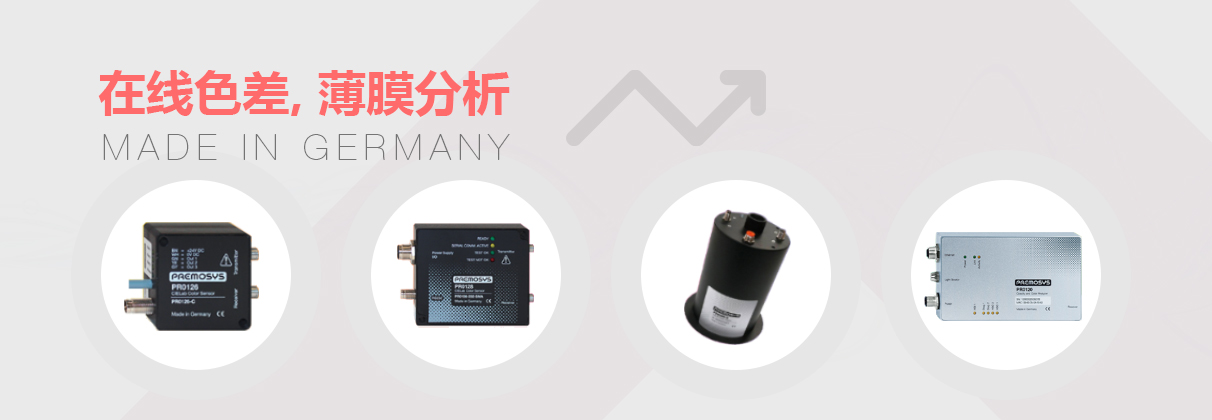
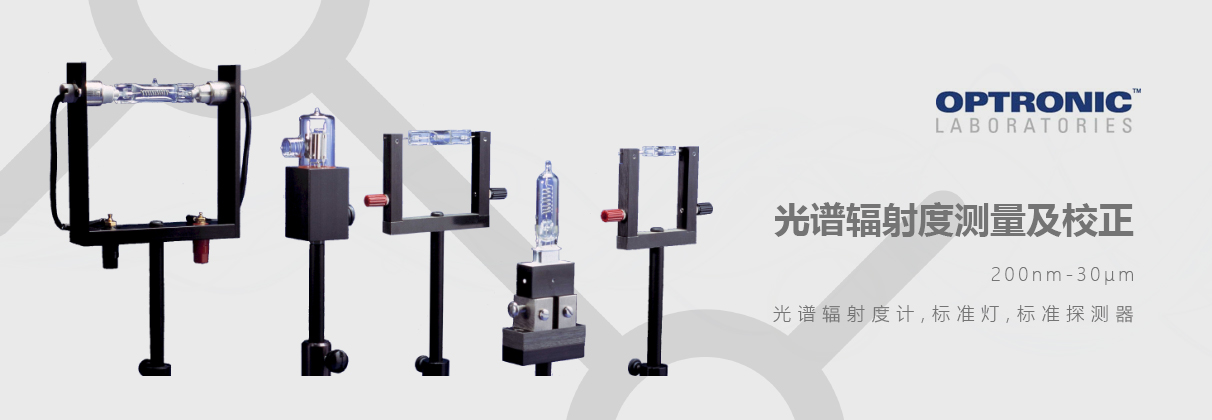
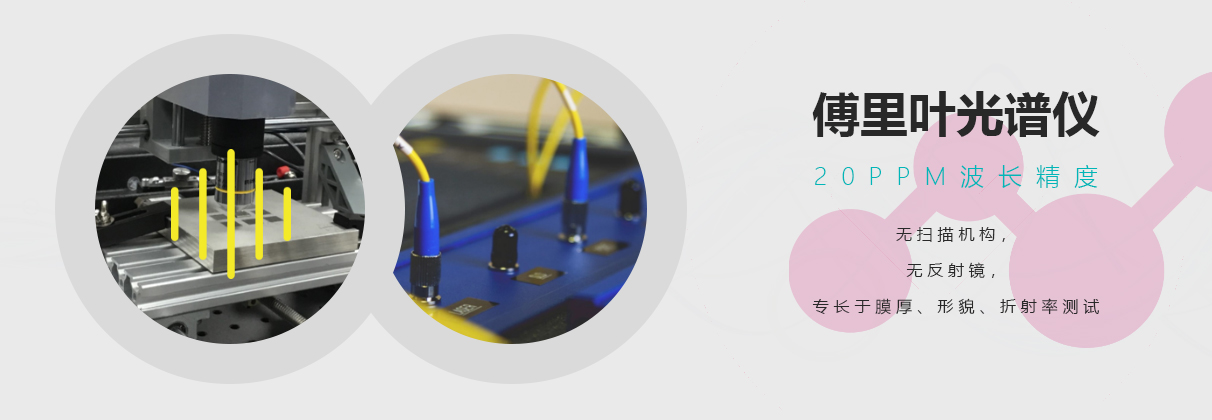
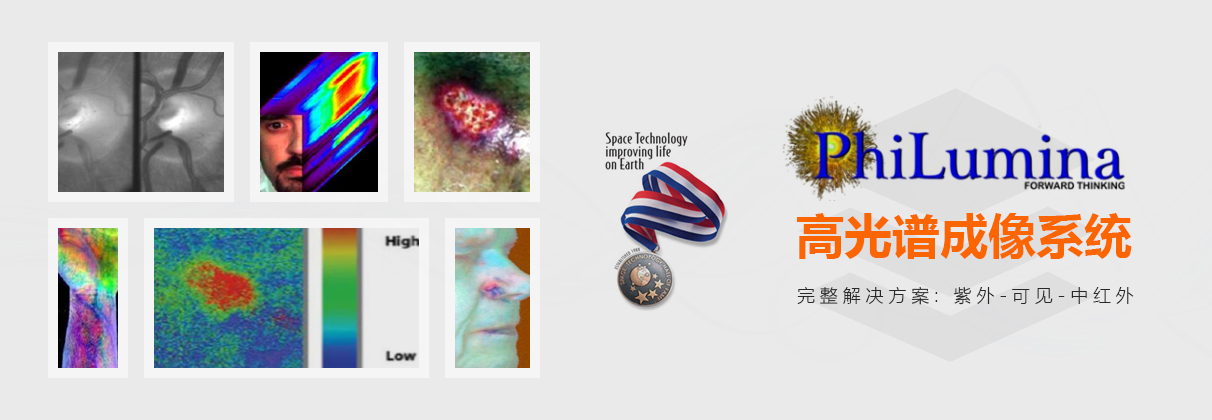
 解决方案
解决方案 科学研究
科学研究 光谱成像技术
光谱成像技术







